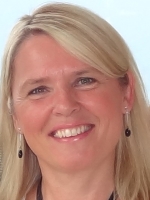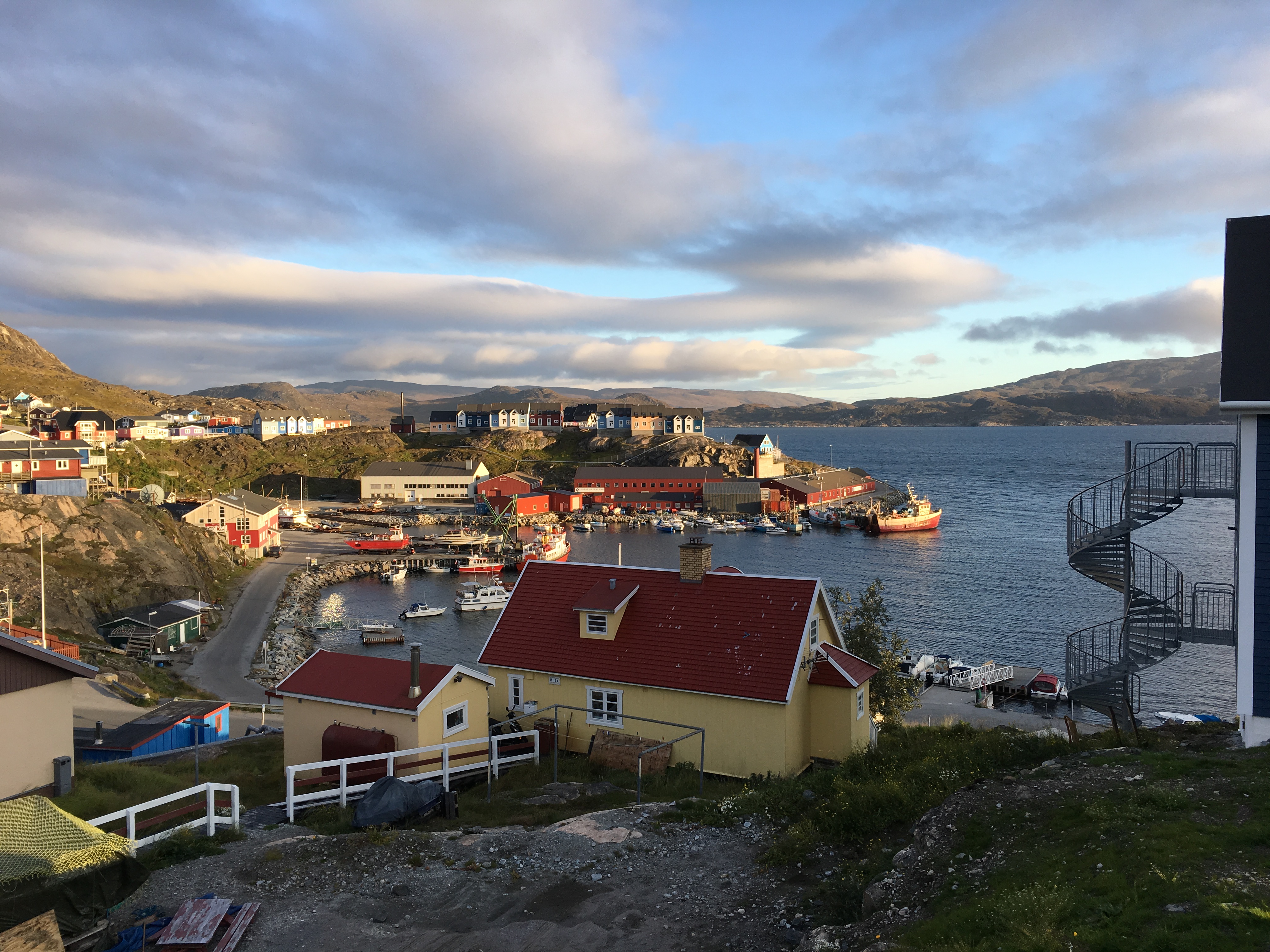Analysis of the risks and challenges of permafrost thaw to Earth’s climate and the vulnerable coastal communities is essential in planning future adaptation strategies.
Objectives
WP9’s aim is to integrate the knowledge collected in the other WPs in order to develop adaptation and mitigation strategies at the local, regional and global scales. The WP will also develop indicators of change to monitor the impacts of these strategies in the future. WPs 1-7 will accumulate enormous amounts of physical science and social science data, while WP8 will use some of them for modelling purposes. All too often, interdisciplinary projects leave qualitative data and stakeholders inputs outside of the realm of their scientific analyses. WP9 will overcome this limitation by integrating physical science and social science data (including traditional knowledge) in identifying key risks, developing scenarios, as well as establishing socio-physical sustainability indicators of Arctic coastal regions. Work within WP9 will address local, regional and global scales, starting from what we know globally and moving to the lessons of local case studies, while looking for pan-arctic patterns. Adaptation and mitigation strategies are the starting and end points of the WP, which means that stakeholder involvement is as central to WP9 as the science-informed communication with decision makers, as is the academic analysis of these interactions.
The specific objectives of the WP are:
- O9.1: Identify and quantify the impact of permafrost thaw on current adaptation and mitigation strategies at the global level.
- O9.2: Identify key physical and social risks from permafrost thaw and the potential for reducing risks through effective adaptation and mitigation strategies, and the implementation of policies.
- O9.3: Develop Arctic specific indicators of human development and physical changes in the coastal zone for effective measurement and tracking of (Arctic) change and its associated sectoral and socio-economic impacts.
- O9.4: Undertake scenario-building and formulate conceptual socio-economic models under different climate scenarios to help inform the development and evaluation of adaptation and mitigation strategies for coastal infrastructure, the economy, and society along the Arctic coast.
WP Coordination

Dr. Joan Nymand Larsen, Stefansson Arctic Institute, Iceland

Prof. Peter Schweitzer, Department of Social and Cultural Anthropology, University of Vienna
Description of deliverables
D9.1 Consultation and risk workshop plan (UNIVIE) - Month 8
D9.2 Risk model framework development (SAI) - Month 24
D9.3 Report on the global impact of permafrost thaw (IIASA) - Month 66
D9.4 Risk model, with identified key risks (SAI, UNIVIE) – Month 62
D9.5 Arctic-specific indicators (social/bio-physical), and a framework model for monitoring Arctic change and permafrost thaw in coastal communities (SAI, UNIVIE) – Month 65
D9.6 Report on adaptation and mitigation strategies to address socio-economic threats and impact of thawing permafrost in different coastal contexts (SAI, UNIVIE) – Month 68



